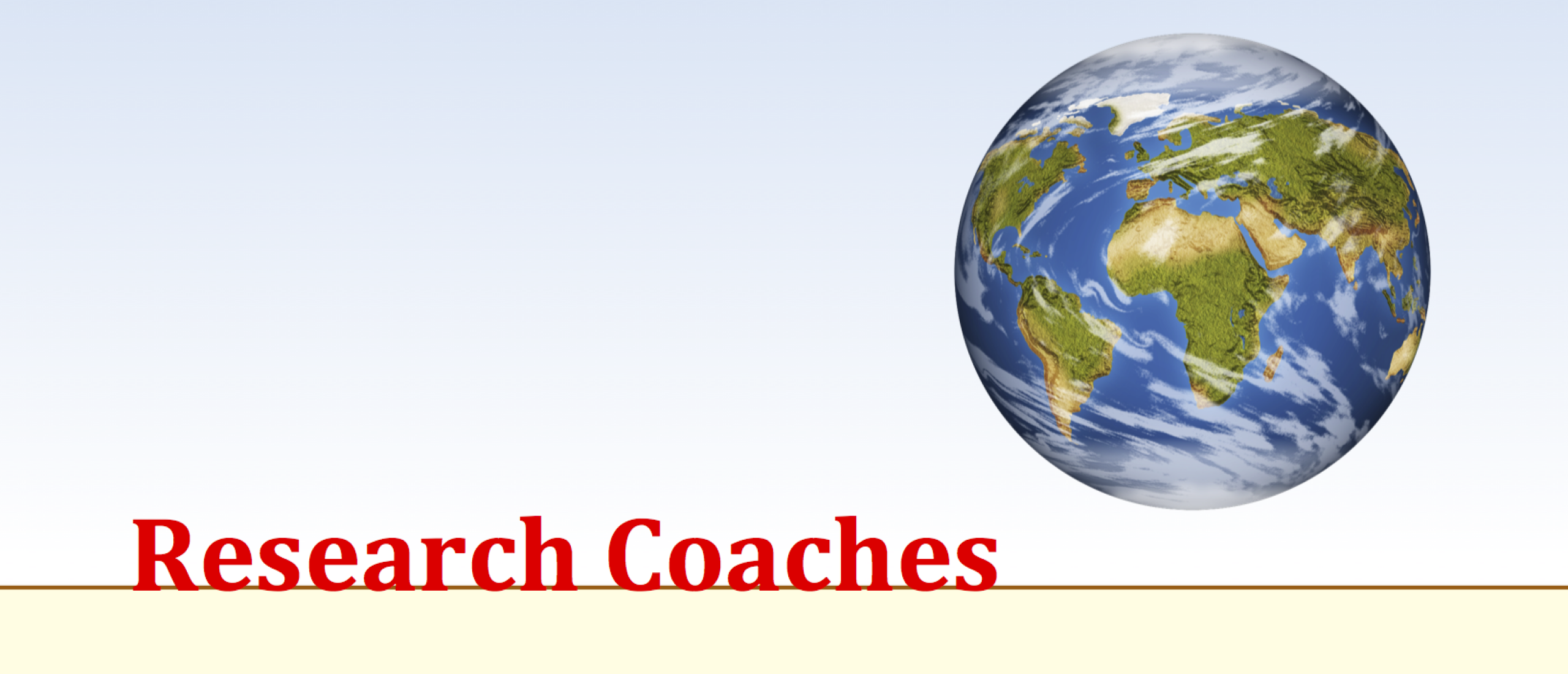
Hypothesis
A hypothesis is a statement about an expected outcome of a research.
A hypothesis can be stated on three levels:
- The linguistic level
- The methodological level
- The statistical level
The linguistic level
This level is the easiest and comes directly from your theory. As discussed elsewhere, a theory can be very simple. Even only an idea is enough to make a statement that can be used as a hypothesis. For example:
- Bigger companies make more profit.
- People who use pills against headaches recover more quickly than people who do not use these pills.
- The total time spent when traveling by train is equal to the time spent by traveling by aeroplane.
I do not think it is hard for you to make your own statement (= hypothesis). As an exercise, try to formulate one, but keep it simple.
The methodological level
Now that you have such statements, they should be translated into methodological terms. This means that variables have to be created. In methodological terms this is called operationalising.
For the first statement these are: the size of the company and the profit of the company. Firm size can be measured by the amount of co-workers. Profit can be operationalised by the nets profit, that is after costs and taxes.
In the second statement the variables are: did take pills (yes or no) and recovery time.
The third statement has variables like time needed for traveling and the way of traveling (train or plane).
Can you operationalise the statement you made above?
Take care on how to you translate the terms from linguistic to methodological level. The way the terms are operationalised have consequences for the way they can be analysed. It is up to the scientist if he measures the variables at a nominal, ordinal, interval or ratio scale.
The statistical level
On this level the terms of the methodological level are translated into mathematics.
In statistics the hypothesis have always two parts. The first part is always stating: there is no difference. This one is always called the null hypothesis (written as H0). The second statement is: there is a difference. This one is always called the alternative hypothesis (written as Ha). These two statement are their counterparts: it is true or false.
For our first statement this is: if the firm’s size increases, profit increases. Both variables are measured on interval level, so a correlation coefficient (r) has to be tested. Now the hypotheses are:
H0 r <= 0
Ha r > 0
Did you notice that the alternative hypothesis correspondents to the linguistic hypothesis? This is almost always the case, except when the linguistic hypothesis has the desired outcome that there will be no difference (see our third example).
For the second statement the mathematical statement is: taking pills will have (µ) a shorter recovery time on average. Now the statistical hypotheses are:
H0 µpills => µnopills
Ha µpills < µnopills
For the third statement the mathematic statement is: time needed for traveling is equal. Now the statistical hypotheses are:
H0 µtravel time by plane = µtravel time by train
Ha µtravel time by plane <> µtravel time train
Notice that the linguistic hypotheses corresponds with to the null hypothesis on the statistical level.
Now the hypotheses are drafted, they can be tested. This is done in eight steps. You can read these steps on this page, but to get full knowledge about how to act, it is better to read our papers on The statistical test procedure and How to choose the correct statistical test.



